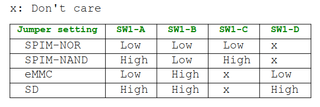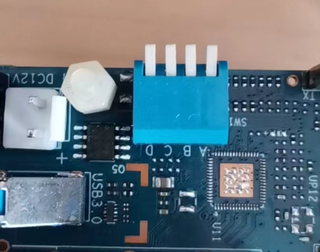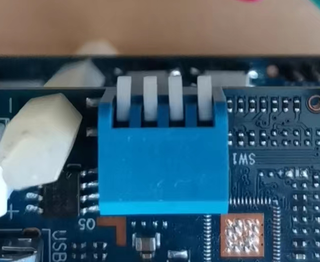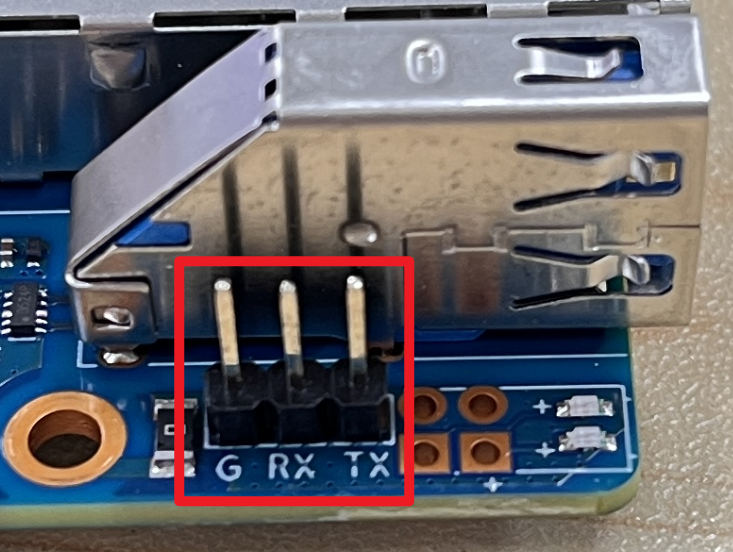Difference between revisions of "Getting Started with BPI-R4"
(Created page with "==Introduction== ==MediaTek MT7986(Filogic 830)== ==Key Features== =Development= ==Basic Development== ===Prepare to develop=== * Prepare 8G/above TF card, USB-Serial...") |
(→Prepare to develop) |
||
| Line 11: | Line 11: | ||
===Prepare to develop=== | ===Prepare to develop=== | ||
| − | * Prepare 8G/above TF card, USB-Serial | + | * Prepare 8G/above TF card, USB-Serial cable, Ubuntu System |
| − | * Using your USB-Serial Connect debug console on BPI- | + | * Using your USB-Serial cable Connect to debug console on BPI-R4 |
| − | + | [[File:R4 DebugPort.png]] | |
* R3 bootstrap and device select Jumper Setting | * R3 bootstrap and device select Jumper Setting | ||
Revision as of 00:45, 25 September 2023
Contents
Introduction
MediaTek MT7986(Filogic 830)
Key Features
Development
Basic Development
Prepare to develop
* Prepare 8G/above TF card, USB-Serial cable, Ubuntu System * Using your USB-Serial cable Connect to debug console on BPI-R4
* R3 bootstrap and device select Jumper Setting
Note: SW1-A and SW1-B is for boot strap selecting;
SW1-C is that SPI-Nand or SPI-Nor Device is connected to CPU's SPI bus;
SW1-D is that SD Card or EMMC device is connected tp CPU's EMMC bus.
* Examples:
All Jumper is High.

All Jumper is Low.

